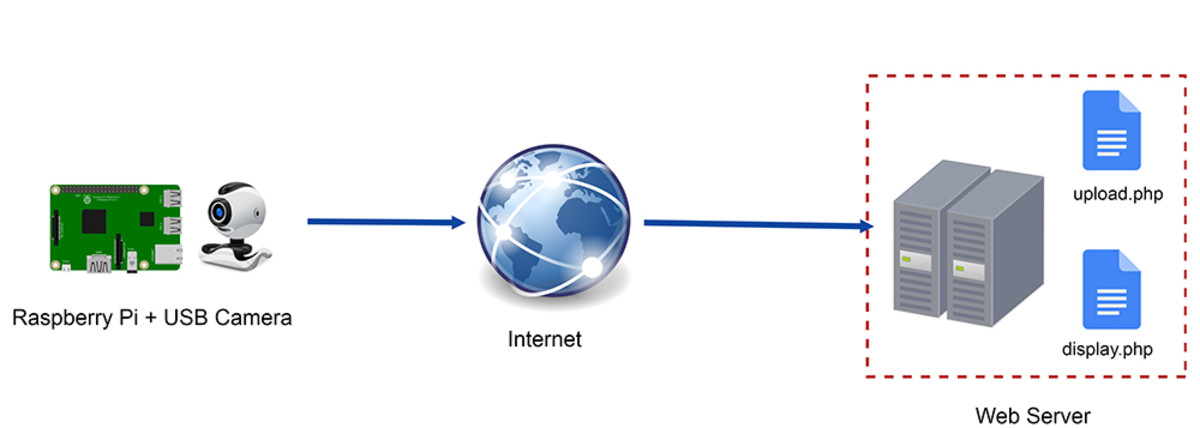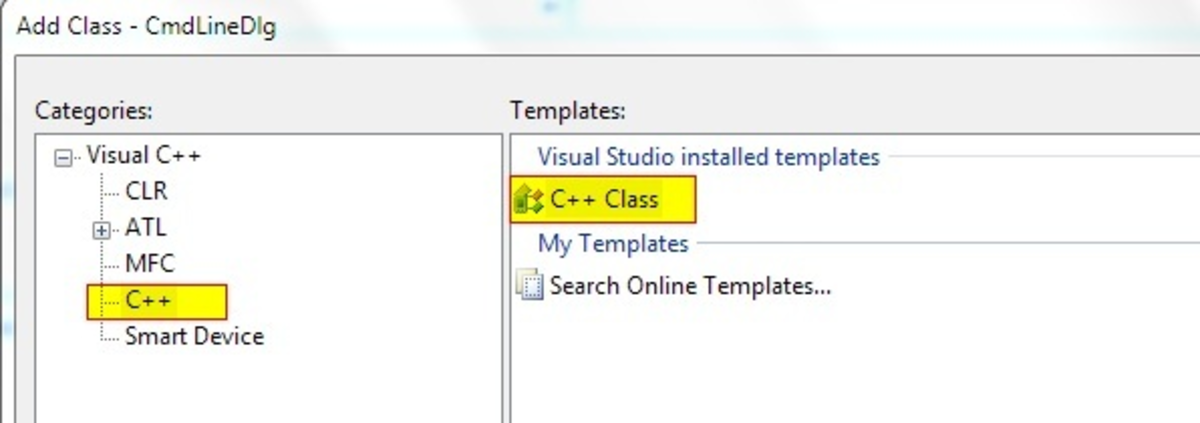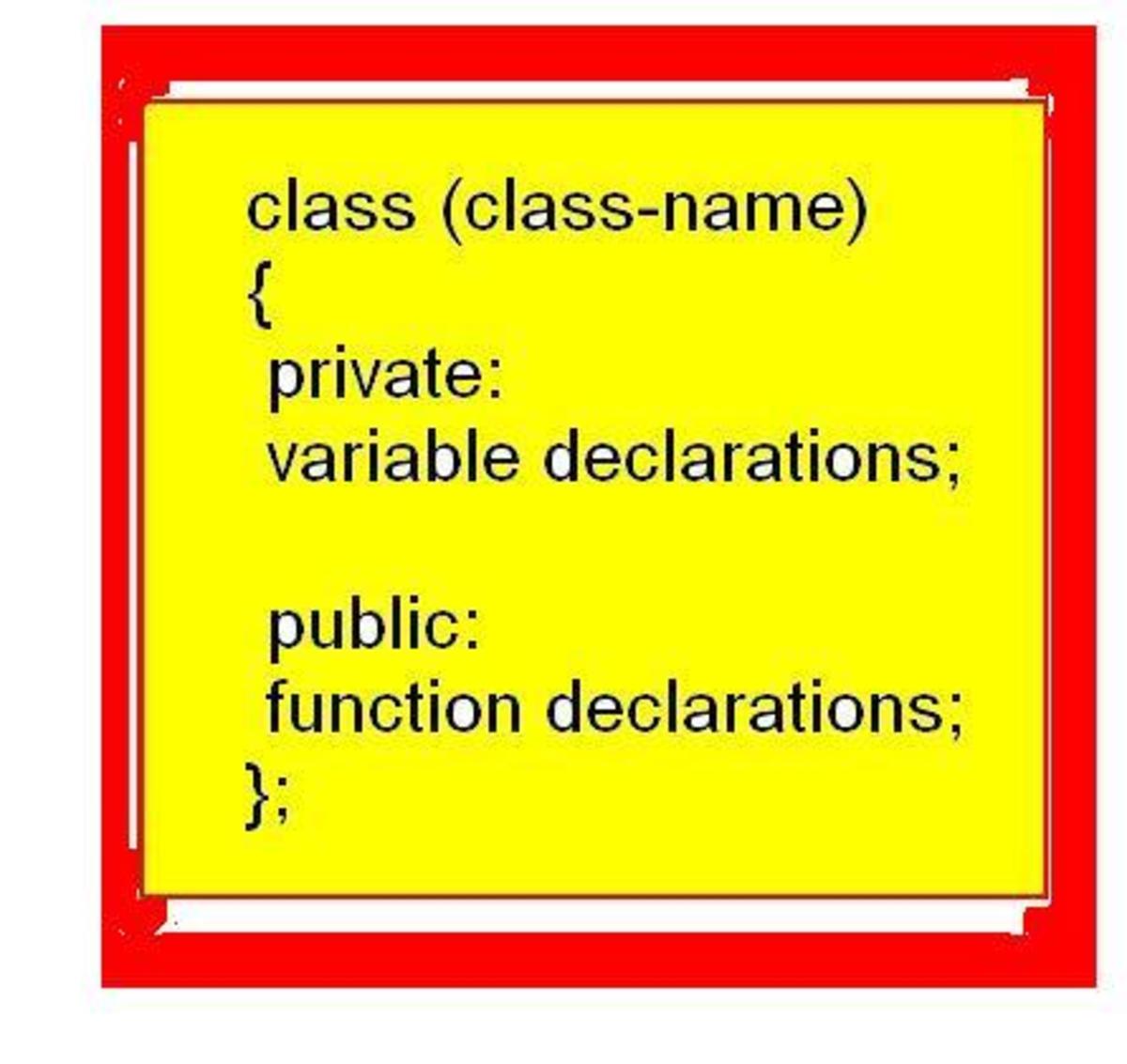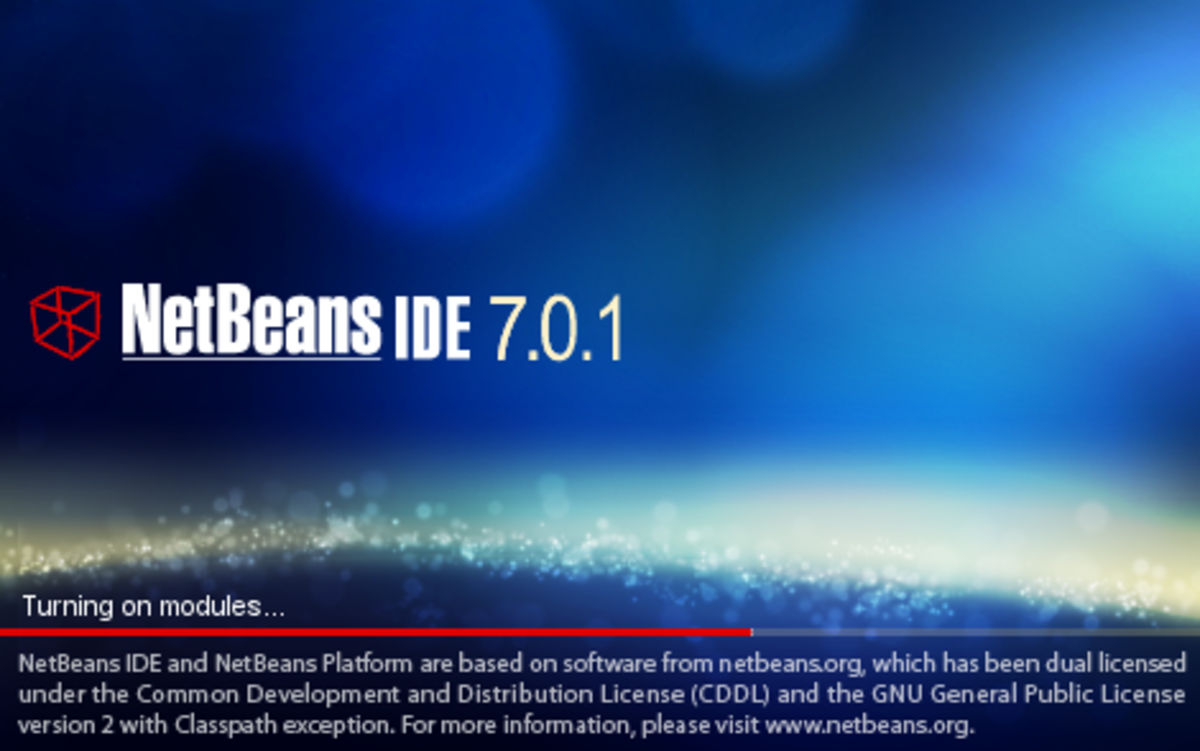- HubPages»
- Technology»
- Computers & Software»
- Computer Science & Programming»
- Programming Languages
How to make a basic PHP script
PHP is the short form of PHP: Hypertext Preprocessor and is an HTML-embedded scripting language, meaning that you can intermingle PHP and HTML code within the same file. To start programming with PHP, we should start with a simple Web page. And To add PHP code to a page, place it within PHP tags:
<?php
?>
Anything written within the PHP tags will be treated by the Web server as PHP, meaning the PHP interpreter will process the code. Any text outside of the PHP tags is immediately sent to the Web browser as regular HTML. PHP codes are always located to the codes body. Along with placing PHP code within PHP tags, the PHP files must have the extension. Most Web servers use .html for standard HTML pages and .php for PHP files. How to create a basic PHP script will be explained in this page.
Step 1: Using a text editor or IDE, create a new document and named it as MyPage.php. To do so, any type of text editor can be used like Adobe Dreamweaver or TextMate or vi or notepad++ or simply notepad. In this tutorial, Dreamweaver CS5 is used.
Step 2. Create a basic HTML document. The format of the document will look like the following:
<!DOCTYPE html PUBLIC "-//W3C//DTD XHTML 1.0 Transitional//EN" "http://www.w3.org/TR/xhtml1/DTD/xhtml1-transitional.dtd"> <html xmlns="http://www.w3.org/1999/xhtml"> <head> <meta http-equiv="Content-Type" content="text/html; charset=utf-8" /> <title>My First PHP Script</title> </head> <body> This is standard HTML page. </body> </html>
Step 3: Before the closing body tag (</body>), insert the PHP tags:
<?php
?>
It is mentionable that PHP also supports other tag types, but my recommendation is to use the above formal type as this is supported to all web server and web browser.
<!DOCTYPE html PUBLIC "-//W3C//DTD XHTML 1.0 Transitional//EN" "http://www.w3.org/TR/xhtml1/DTD/xhtml1-transitional.dtd"> <html xmlns="http://www.w3.org/1999/xhtml"> <head> <meta http-equiv="Content-Type" content="text/html; charset=utf-8" /> <title>My First PHP Script</title> </head> <body> This is standard HTML page. <?php ?> </body> </html>
Step 4: Save the file as MyPage.php. Remember, we must have to save the file using an appropriate PHP extension. Otherwise the script will not execute properly.
Step 5: Place the file MyPage.php in the proper directory of your Web server. If you using XAMPP then put that file to the directory htdocs. If you use XAMP then put that file into www directory. However, if you are running PHP on a hosted server (i.e., on a remote computer), you’ll need to use a File Transfer Protocol (FTP) application to upload the file to the proper directory.
Step 6: We are now ready to see the action. As PHP scripts need to be parsed by the server, we have to access that via a URL. So, run MyPage.php in your Web browser by using the url like http://localhost/MyPage.php
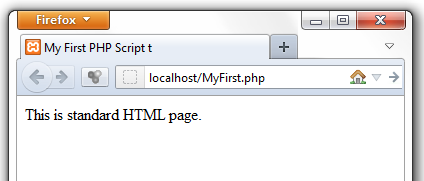
Tips and Cautions
- Any PHP code will only be executed when run through http: //
- Multiple sections of PHP code can be embedded within a single HTML document
- When you are running PHP on your own computer, you’ll need to use the URL like http://localhost/MyPage.php, http://127.0.0.1/MyPage.php, or http://localhost/~<user>/MyPage.php (on Mac OS X, using your actual username for <user>). Otherwise for Web host, need to use http://domain-name/MyPage.php (e.g. http://www.example.com/MyPage.php)
Following the above tutorial, anyone can make a basic PHP script easily. This page just give you the basic understanding of PHP script creation procedure. This is not an application. But this is the basic of all PHP script. I have interest to publish more PHP tutorials to make the reader the basic of PHP script. Remember, this page is the basic and any PHP file you would like to create must follow these steps and run those PHP script following the above mentioned steps. In the next tutorial related to PHP, we will discuss the methods of sending data to the web browser.

